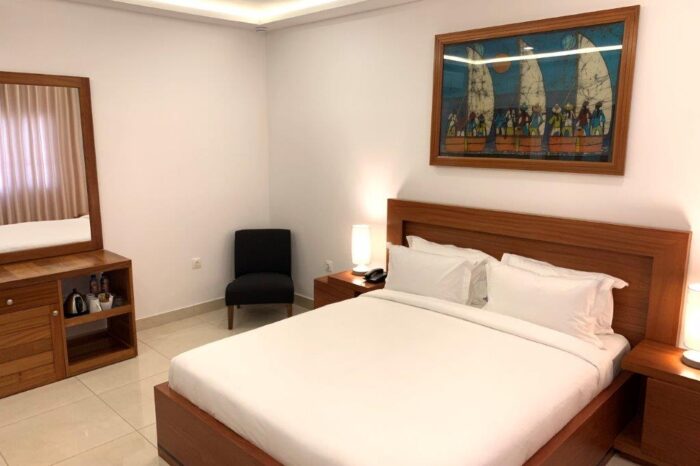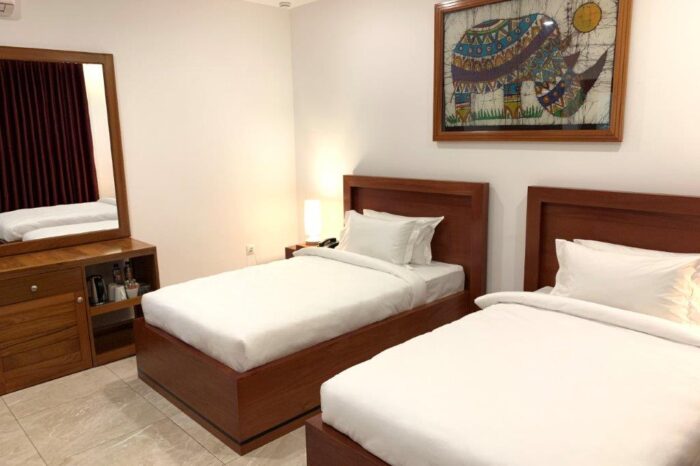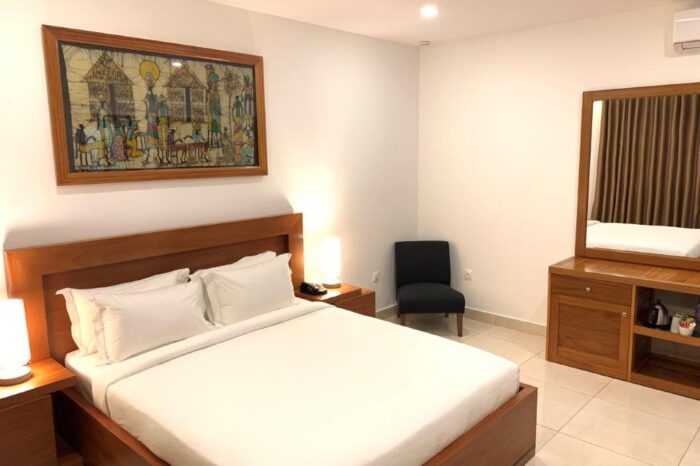Explore Maputo
Beautiful city within your reach
Maputo is a very accessible town, and being the capital city of Mozambique, it also holds importance to the nation. Tourists love Maputo for its vibrancy, its diversity, its range of fun things to do and its beautiful setting on the bay overlooking the Indian Ocean.
With an international airport and a busy port, Maputo is worth exploring and has become the gateway to the rest of the country. Holidays in Maputo can be centered Around the nightlife, the beaches, the fantastic food in funky restaurants, the history and the melting pot of cultures. Stay in world-class hotel and enjoy the same kind of luxury you would find in Europe. Maputo is full of surprises and from here, you can take interesting day trips to destinations like Maputo Elephant Reserve, South Africa’s Kruger National Park and boat rides to Inhaca Island to marvel at its innate biodiversity.
The capital city is also the biggest city
You probably know that Maputo has been the capital of Mozambique for nearly 120 years – previously namedLourenço Marques, it is also the biggest city in Mozambique and home to the country’s most important natural harbor. Only 90 km from the border of South Africa, this harbor is found at the mouth of the Santo River in the extreme south and was initially known as Delagoa Bay. Vasco da Gama discovered the bay in 1498 and today it is an important transport center for trade to South Africa, Zimbabwe, Swaziland, and Botswana.
You can visit the port and see what is going on if that is what blows your hair back! Take a walk to the picturesque beaches from there, where you can surf the strong waves and meet some locals selling fresh cashew nuts. You can reach Praia da Macaneta beach by boat from Maputo or by road to Marracuene. This village is 30km north of Maputo and has views over the Incomati River – it is quite a mission to get there but well worth it the end as you have to catch a ferry first to the other side of the river, then drive for eight kilometers to the beach!
When you set off on foot to explore Maputo, you will find many others doing the same – residents, visitors, business people, tourists, and children. It is a picturesque city with its wide streets from the colonial era, huge jacaranda trees, bougainvilleas and street vendors plying their trades.
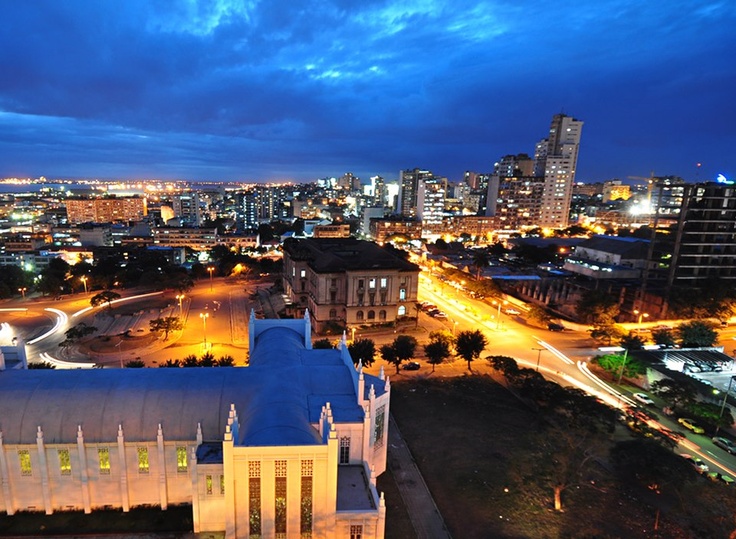
So much to see and do in and around Maputo
Maputo is brimming with architectural excellence and this comes with great input from colonial days when the Portuguese ruled this East African country. If you go to St Anthony’s Church in the heart of the city, you will discover that the Indian pioneers who were some of the first settlers in Mozambique influenced the design of this historical and religious building.
In most cities of reputation there is a Museum of Natural History and suffice it to say that this one in Maputo is as gracious as the rest – take a look at the taxidermy assortment of wildlife and the famous display of the way an elephant forms in gestation – elephant fetuses are a huge drawcard here. There are also traditional musical instruments to marvel at and maybe a few locals will play live music for you too.
The gallant San Sebastian Fortress was built decades ago to protect Maputo Bay from Spanish and German colonial marauders. South Africa helped to build the fortress and Paul Kruger was also instrumental in starting the railway as a link between Pretoria and Maputo.
In fact, the railway station displays the first ever train that journeyed from Maputo to Pretoria! There are still morning and evening trains and tourists love to sit at the traditional station bar to enjoy jazz evenings or simply have a drink and talk about the old Lourenco Marques days.
Many tourists like to catch a glimpse of Casa do Ferro, the Iron House which is completely made from iron – a house designed by the same man who designed the Eiffel Tower in Paris! This was the governor’s house in the late 19th century but in the end, it was too hot for him to live therein and he had to move.
Outside of Maputo is a very good reason for a day trip – the Maputo Elephant Reserve is north of Ponta Malangane and is a huge area of 50 000 hectares – well worth experiencing if you love these gentle grey giants. It is very sad that there was so much poaching during the terrible civil war because so many elephants died and the entire population of White Rhino was decimated in those days of warfare. You can still go and seek out shy duiker, suni, nyala, hippo, crocs, reedbuck, monkeys, and many fantastic bird species if that is what blows your hair back.
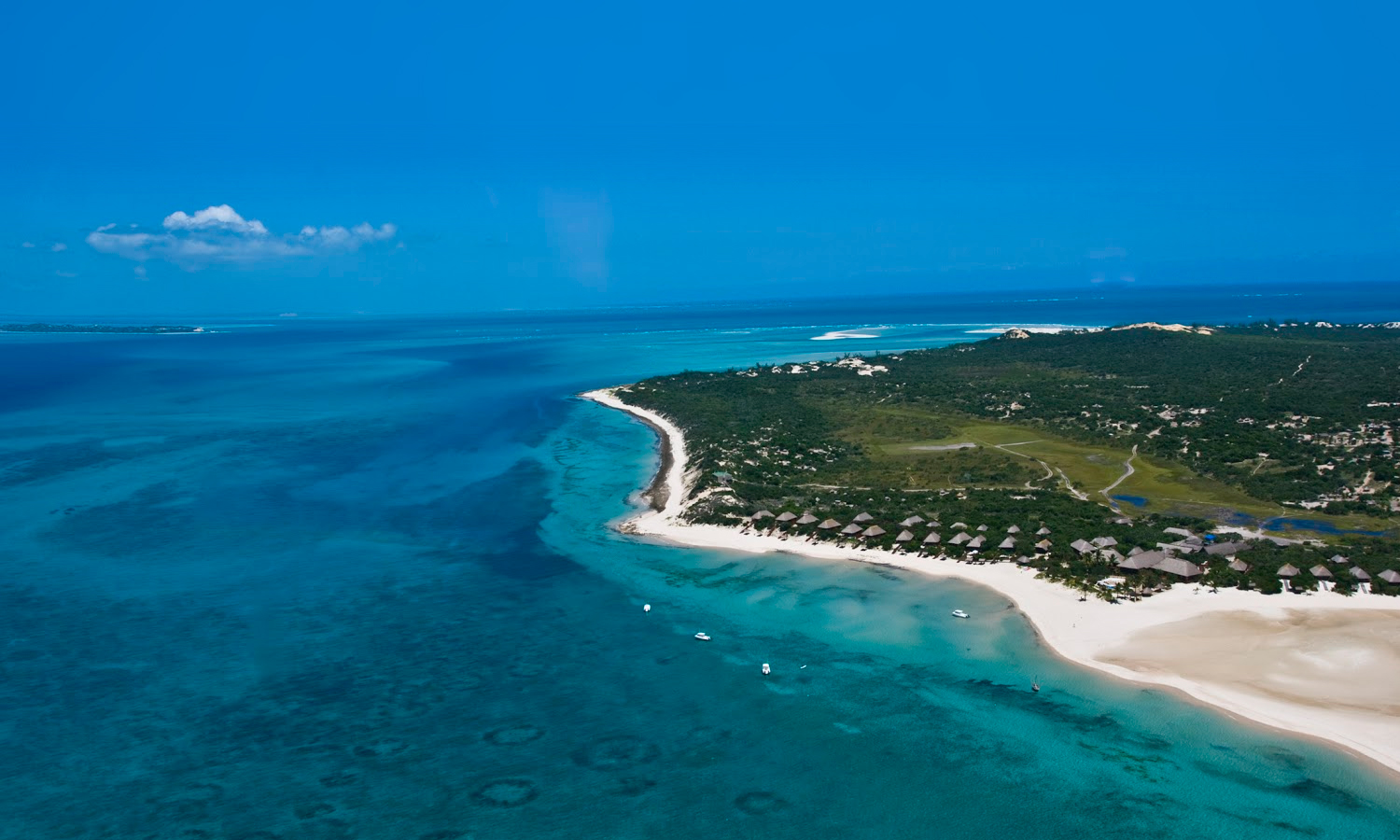
Our Rooms
could also be interest for you
Our Address
Viajante Hotel
Avenida Samora Machel, Estrada Nacional N4, Talhao 32E01, Parcela N3379 H/7/1, Tchumene 2 Matola, Mozambique
Reservation
booking@viajantehotel.com
Info@viajantehotel.comReception : (+258) 84 020 1881
Restaurant : (+258) 84 025 5202Escalations:
gm@viajantehotel.comWe are the best Choice

Plan your visit
June 2025 M T W T F S S 1 2 3 4 5 6 7 8 9 10 11 12 13 14 15 16 17 18 19 20 21 22 23 24 25 26 27 28 29 30


